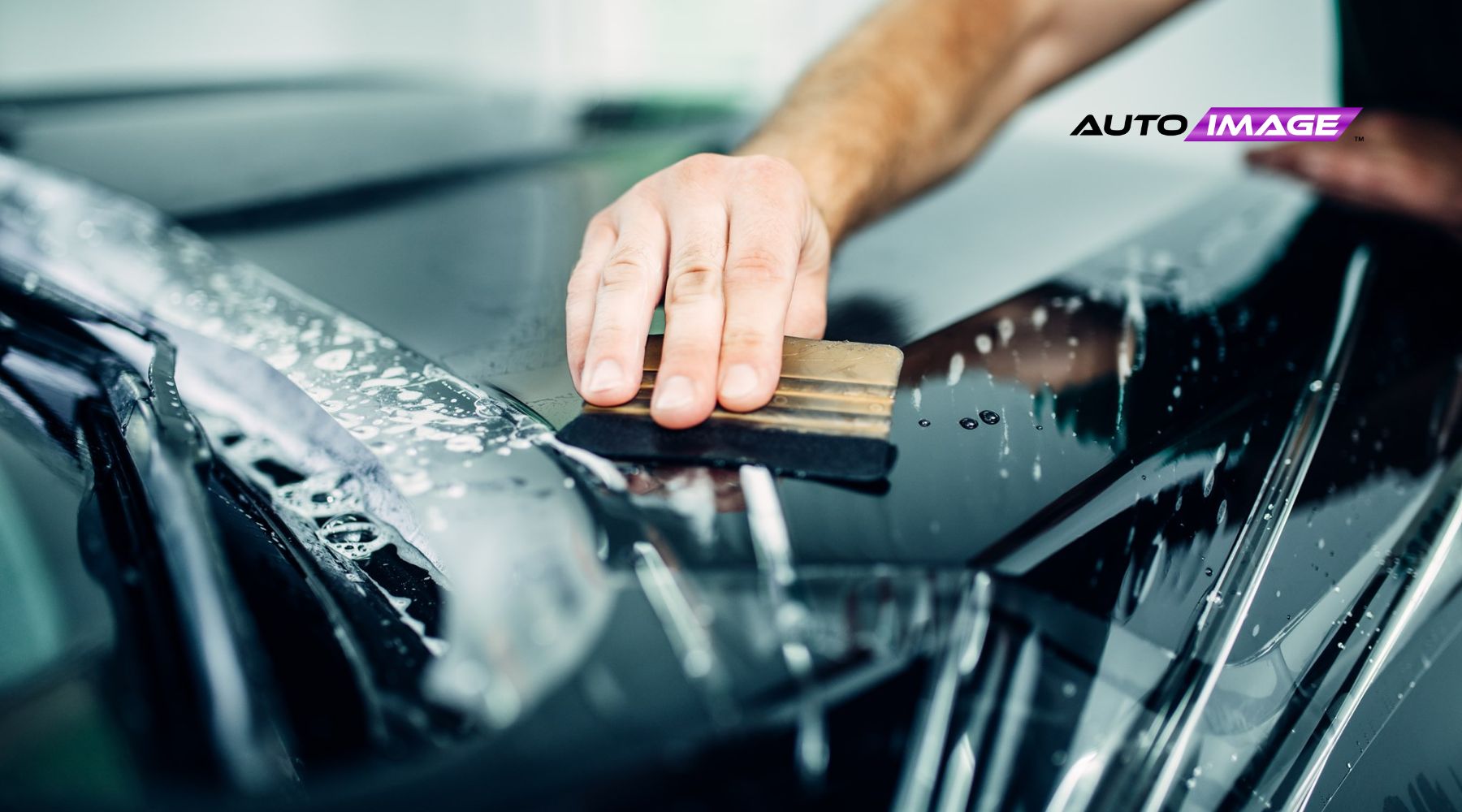In the 80s and 90s, it seemed like car audio installers were often having to resolve noise issues after installing a system that included an amplifier or signal processor. In many cases, the problem was called a ground loop. However, in some cases, the noise was present because one of the signal cables passed by a source of noise. The only solution was to reroute the wire. No matter what the problem was, or what cure was applied to resolve the problem, ultimately it wasted time and frustrated installers.
Noise problems are not as common these days. They do crop up from time to time, but certainly not with the same frequency as before. One simple technology that has helped to reduce noise issues is the inclusion of differential inputs of modern amplifiers and processors. In this article, we will explain what differential inputs are, how they work, and what benefits they offer.
Amplifier Input Circuitry – Single Ended Inputs
The RCA input connections on your amplifier have a relatively easy life. They do not need to pass any significant amount of current. They do not get connected and disconnect very often. They just sit there and do their thing.
Behind the connections, where the circuitry of the amplifier starts to do its job, there are two circuit designs commonly used. The aforementioned differential input, and single ended inputs.
In a single ended input design, the shield of the RCA cable is connected to ground through a resistor. This resistor is often around 1000 Ohms. The center pin of the RCA cable, which contains our audio signal, is connected to the preamp stage of the amplifier. The preamp stage includes the sensitivity control, crossovers and so forth.
The image below shows an RCA with a sine wave and noise on both the shield and the signal conductor.
When we feed the signal shown above into an amplifier with single-ended inputs, the noise on the ground wire is ignored, and the sine wave and noise on the signal wire are amplified. The unfortunate and unwanted result is below:
Amplifier Input Circuitry – Differential Inputs
In a device with a differential input design, the shield of the RCA cable is completely isolated from the chassis. Before the audio signal passes to the preamp stage of the amplifier, it goes through an op-amp. An op-amp (or operational amplifier) is a small IC that has two inputs and a single output. One input is labeled as +, and the other as -. When we put a signal on the + input, it is passed to the output of the device with little to no change. When we put a signal on the – input, the polarity of the signal is inverted and sent to the output. In a differential input configuration, the – input of the op-amp is also connected to the shield of the RCA.
If we have an audio signal on the + input, and nothing on the – connection, the audio signal is passed through to the output of the op-amp, then on to the pre-amp stage of our amplifier.
The image below shows an RCA with noise on the shield and the signal conductors.
If we have noise induced on the shield and signal conductor of the RCA, then the noise signal on the shield is inverted and passed to the output. The inverted noise signal adds to the non-inverted signal and cancels out.
We call the system a differential input because it is looking for the difference between the shield and the signal conductors. More accurately, it subtracts any signal that is common to both conductors from the output signal.
How does Noise get into the System?
When our interconnect cables run through the vehicle, they come close to all sorts of electrical noise devices. High-current wiring, computers, sensors, electric motors and even the alternator can produce radiated noise in the form of a pulsing magnetic field. When a conductor passes through this field, a current will be imposed on the wire.
When this imposed current (or signal) reaches our amplifier, it gets amplified. If the noise is a high-frequency buzz, then that buzz is amplified, and we hear it through our speakers. Yuck!
Another source of noise is a ground loop. In a ground loop, current is flowing on the shield of our interconnect to equalize the ground potential between two devices.
Let’s look at an example. Perhaps someone has installed a radio in the dash of a truck and grounded that radio to the dash support. In some cases, that dash support is isolated from the truck chassis with big rubber bushings. When we connect the RCA cables from our radio to an amplifier in the trunk that has single-ended inputs, the radio seeks an improved ground location through the RCA shield. The resistor in the amp prevents massive amounts of current from flowing, but there is often enough to induce noise in the signal conductor.
A quick test for a ground loop is to pull the RCA out of the amp until only the center pin is touching. If the noise goes away, you have a ground loop. A remedy is to install a ground loop isolator. A ground loop isolator is a device with a transformer in it. The audio signal is transferred through the magnetic interaction of the transformer windings. There is no direct electrical connection between the input and output cables. With no electrical connection present, current cannot flow. The drawback of a ground loop isolator is that it can detrimentally affect the frequency response of the signal passing through it.
Do the Interconnects Matter?
For differential inputs to work, we need the noise signal to be equal on both the signal and shield conductors of our RCA cables. In a coaxial cable design, the shield can block noise from getting to the center conductor. If you use coaxial interconnects with differential inputs, the noise on both conductors is not equal and can induce noise into the signal path.
The easiest way to ensure that any induced noise is equal on both conductors is to use a twisted pair interconnect. In a twisted pair configuration, both conductors have the same effective amount of shielding and subsequently, the same amount of noise.
Differential Inputs are Your Friend
The next time you are shopping for an amplifier or signal processor for your car, remember that one of the questions you should be asking is if it has differential inputs. While you can certainly build a great sounding audio system around an amp with single-ended inputs, there is no point of taking the risk of having noise or installation headaches. Your local mobile electronics specialist retailer would be happy to assist you in finding an amp or processor with differential inputs.



